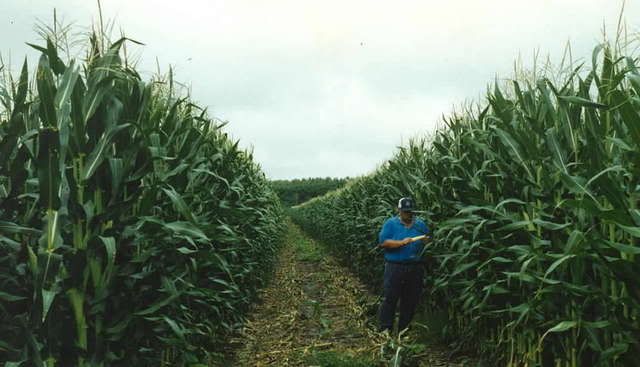rambler
Veteran Member
- Joined
- Jul 6, 2003
- Messages
- 2,010
- Location
- MN
- Tractor
- Ford 960, 7700, TW20, 1720; IHC H, 300; Ollie S77
Field corn & sweet corn are 2 different things. Some folks eat field corn at just the right milky stage, but - it is not the same, you will be disappointed if you are used to super-sweet sweet corn & not used to the dull tast of field corn. Very different.....
They produce hybred field corn seed by planting different rows of male & female plants. All the tassels need to be removed from the female plants. This allows the tasseled type of corn to fertilize the silk (detasseled) corn, and you get a hybred with the traits of both parents. The children of this corn will have very different traits tho, and will not be pure, so you can't use the seed you produce. It will not be anything like it's parents.
Heirloom seeds, or open pollinated corn you can save the seed & it will produce like it's parents. However, these often yield 50% less than a good hybred. This is a small market, with the organic supplies usually....
--->Paul
They produce hybred field corn seed by planting different rows of male & female plants. All the tassels need to be removed from the female plants. This allows the tasseled type of corn to fertilize the silk (detasseled) corn, and you get a hybred with the traits of both parents. The children of this corn will have very different traits tho, and will not be pure, so you can't use the seed you produce. It will not be anything like it's parents.
Heirloom seeds, or open pollinated corn you can save the seed & it will produce like it's parents. However, these often yield 50% less than a good hybred. This is a small market, with the organic supplies usually....
--->Paul
